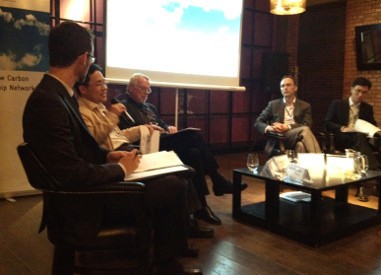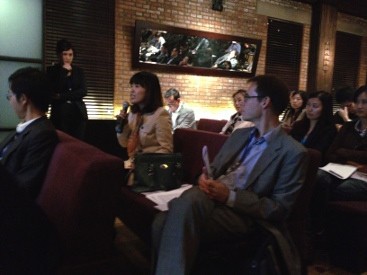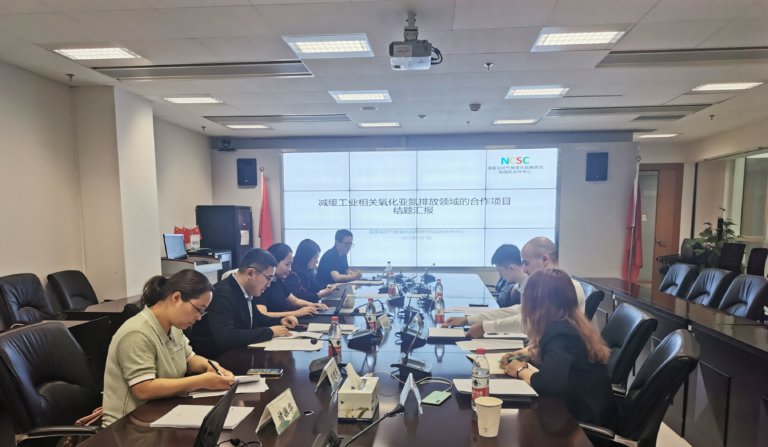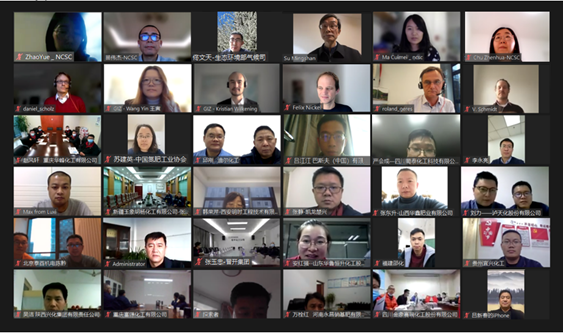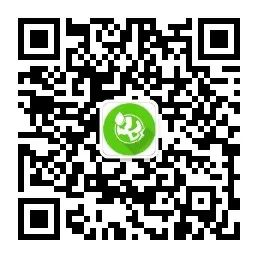15 October 2012 – The Low Carbon Leadership Network is an event series jointly organized by Deutsche Gesellschaft für Internationale Zusammenarbeit (GIZ) GmbH and China Carbon Forum (CCF). The event series facilitates communication among leading experts and key stakeholders in the international climate change sector in China. 72 representatives of government, NGOs, business and media joined GIZ and CCF to discuss the linking of ETSs in China.
Participants discussed how linking emissions trading schemes would bring efficiencies worth encouraging in the long term, but would require technical compatibility as well as political circumstances that are rare in reality. Whereas Europe’s first phase was a full-scale trial with a single set of rules for all member states, China’s pilot schemes are consciously testing different rules at a local level ahead of a national scheme. Their short term priority – and challenge – was therefore not to link them but simply ensure that each pilot is operational. In fact, linking among China’s pilots could limit their ability to experiment with different rules. This means that flaws in one pilot may undermine flaws in another. An eventual national scheme in China is thus more likely to supersede rather than emerge from linked local pilots. Linking often involves asymmetries where the larger market has more power. In the future, if a Chinese scheme were to be linked internationally, Beijing could in effect become the ‘rule maker’ of the world’s carbon markets.
Speakers:
Welcome: Mr. Stefan Bundscherer, Programme Director, GIZ China
Dr. Frank Jotzo, Director of the Centre for Climate Economics & Policy at the Crawford School of Public Policy, Australian National University
Dr. Hans-Joachim Ziesing, Senior Policy Advisor, Ecologic Institute, Germany
Prof. Duan Maosheng, Deputy Director, Institute of Energy, Environment and Economy, Tsinghua University
Mr. Wang Wenqiang, Senior Project Manager, SinoCarbon Innovation & Investment Co., Ltd, Beijing
Moderated by Alan Lee, Board Member, China Carbon Forum
The following is an edited synthesis of the discussion. As per convention, individual’s comments are not attributed.
Linking ETS’s takes time. The ETS must be fully operating before considering linkages. Experience from abroad suggests that it takes considerable time to establish good basic institutions and data. Without this, the ETS can’t start effectively, and linking cannot be appropriately considered.
Differences among pilot designs across China provide useful experimentation, but linkage in the short-term could weaken the diversity and therefore reduce the value of the experiment.
Yet linking would ensure the most efficient use of resources, in terms of purchasing credits with the lowest marginal abatement cost from activities across all linked schemes.
Each ETS linking proponent must have trust in the MRV of the counterpart system. 3 to 5 years was suggested as the period before linking could be considered in China, and that the MRV would need to be clarified between all linking participants. The stringency of the caps within each scheme must represent mutually acceptable levels of ambition, and the overall cap should not be inflated.
At minimum, experimenting with linking at least two of China’s pilots could provide invaluable experience for eventually linking a national scheme with others.
Conversely, some felt that it would be impossible to link China’s pilots in the foreseeable future. Reasons included local protectionism regarding the credibility of purchases from others provinces, especially in the absence of a future’s market for carbon, ensuring companies remain risk averse. Consequently, the solution might come from the development of a national level ETS, rather than linking.
The future demand for credits is also unclear because the cost of noncompliance is unknown, and the amount to which China’s government can fine enterprises is limited. If the schemes aren’t fully integrated, it may create difficulties regarding management when for large companies with different sub-companies in different regions fall inside and outside ETS jurisdictions. The experience from Australia was that large emitting companies are happy to see integrated markets because it makes it easier for them to comply, and that companies prefer a clear signal going forward.
The lesson from Europe was that a central scheme governed by one body might be more effective. The earlier bargaining and allocating process between different member states of the EU was not as efficient as was hoped. The EU therefore moved to an EU wide cap – from a differentiated scheme to a more simplistic central scheme – regulated by one body.
Learning by doing was suggested as a good way to learn, and not to be too shy to experiment.
You can find more information about the Low Carbon Leadership Network and its events on http://china-lcln.org/
